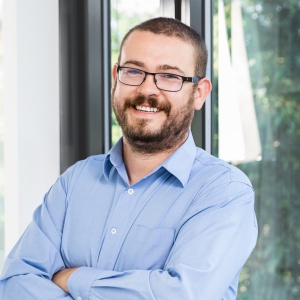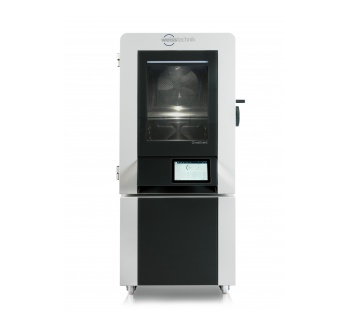
Weiss Technik GmbH offers the most extensive portfolio of testing chambers for simulating environmental conditions on individual products, including temperature, environmental, shock or corrosion chambers. The company draws from many years of experience in sales of standard products and specialized custom solutions for the automotive, electronic, construction, pharmaceutical and medical industries.
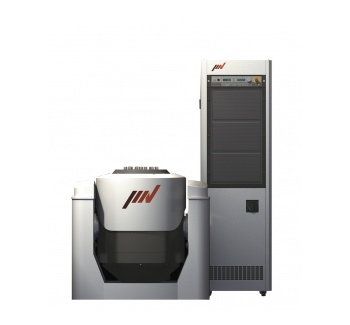
Since it was founded in 1957, IMV has been proud to be at the forefront of research and development in vibration testing systems, supplying technically-advanced vibration systems, with safety and reliability as first priorities. The range of IMV vibration test systems includes single-axis and simultaneous muti-axis systems for up to six degrees of freedom. IMV designs, manufactures, markets and maintains vibration-test systems which simulate actual vibration environments, and measuring systems which record and analyse vibration created or experienced by a product.
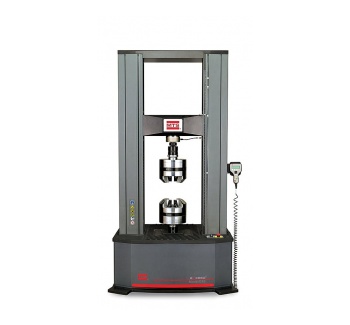
MTS Systems Corporation is an american manufacturer who produces some of the most technically advanced test machines in the world. MTS products allows precise mechanical testing of a broad spectrum of materials in tension, compression and bending, but also dynamic and fatigue tests.
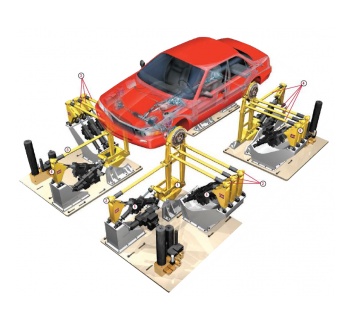
Simulation systems from MTS are designed for extremely realistic testing. These systems enable you to accurately and repeatably simulate the operating environments for a wide range of structures — from automobiles and commercial aircraft to bridge piers and the human spine — all within the controlled test lab.
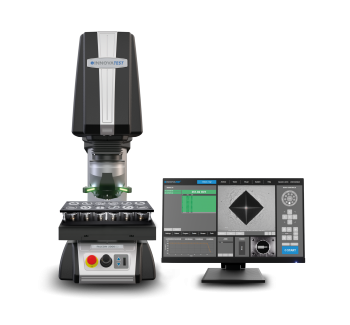
Hardness testers made by INNOVATEST Europe BV and Heinrich Bareiss Prüfgerätebau GmbH represent the best products on the market in measuring material hardness. The hardness of any material type can be measured, including very soft foams, rubbers and plastics, very hard metals, hardened steel and carbon. Our range includes manual, single-purpose hardness testers up to fully automatic, universal hardness testers.
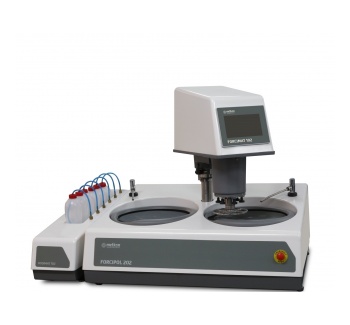
Metallographic and petrograpic sample preparation machines, both fully automated and high volume or precision machines for full day workload or simple device for occasional sample preparation. Including quality consumables offer.
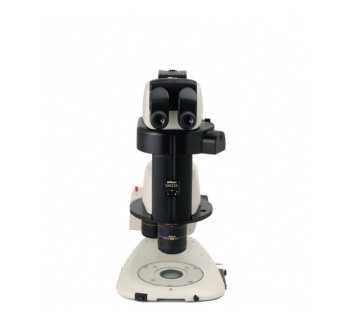
With more than 100 years of tradition, Nikon is a world leader in developing and producing optical devices. Nikon has been focusing on processing accurate optical glass since 1917. The company is currently the only microscope manufacturer that produces its own glass for microscope lenses and lenses for optical measuring devices. Nikon products represent a guarantee of tradition, experience and high-quality Japanese manufacturing.
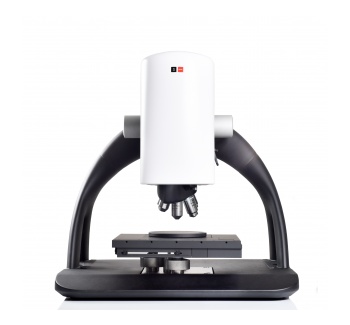
Material confocal microscopes from Spanish manufacturer Sensofar are among the best products currently available on the market for precise 3D surface scanning. Sensofar machines are packed with numerous innovative technologies. Several patented solutions mean Sensofar leads the way in the field of contactless 3D material analysis at subnanometric resolutions.
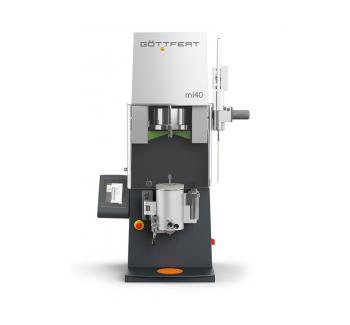
The rheological testing equipment of top German manufacturer GÖTTFERT leads the way in research and quality inspection of polymer and rubber characteristics. The company specializes in equipment for measuring melt flow index, high-pressure capillary rheometers for measuring viscosity, thermal conductivity and PVT diagrams, machines for elastomer tests and foil analysis and online technologies for measurements conducted directly during production processes.
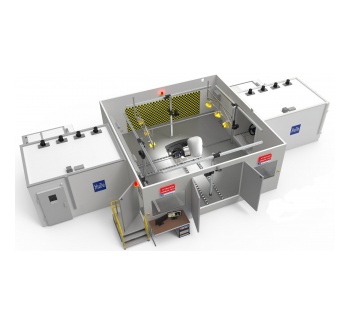
The German company HuDe, with more than 30 years of experience on the market in measuring technology, guarantees high-quality products and services, mainly focusing on automotive safety such as airbag and crash testing.

